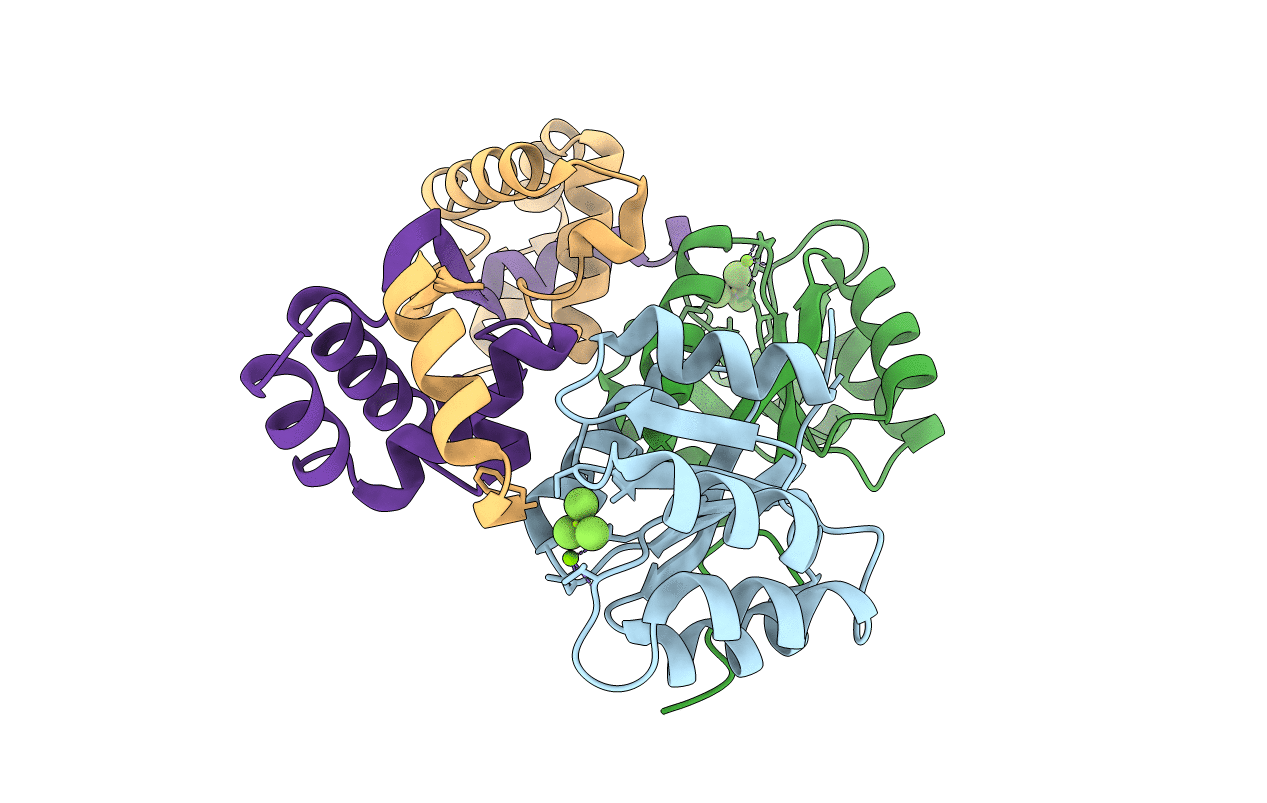
Deposition Date
2021-04-29
Release Date
2022-04-27
Last Version Date
2024-01-31
Entry Detail
PDB ID:
7OD9
Keywords:
Title:
Crystal structure of activated CheY fused to the C-terminal domain of CheF
Biological Source:
Source Organism:
Methanococcus maripaludis X1 (Taxon ID: 1053692)
Host Organism:
Method Details:
Experimental Method:
Resolution:
2.30 Å
R-Value Free:
0.30
R-Value Work:
0.24
R-Value Observed:
0.25
Space Group:
P 1 21 1


